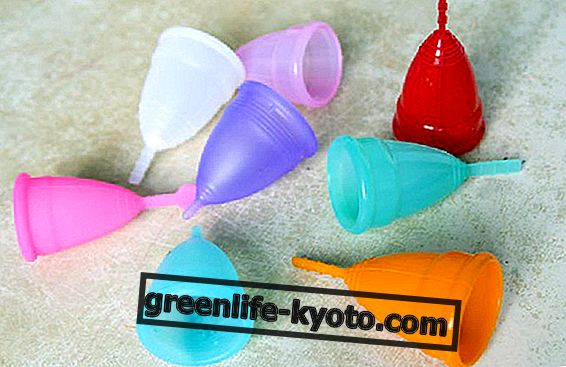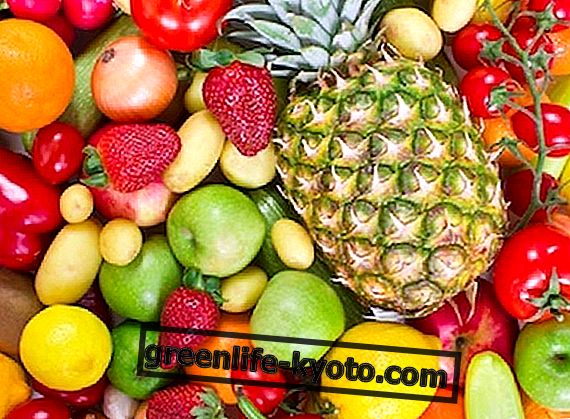The term weaning or weaning means the process by which the child passes from a diet exclusively based on milk to a varied diet. According to the guidelines on child nutrition, the ideal time to start is around 6 months of age . It is always advisable to make an evaluation together with the pediatrician.
Currently there are two very distinct guidelines regarding weaning: classic weaning with scheme and weaning or complementary feeding on request. Let's find out better.
>
>
>
>

Classic weaning with scheme
The classic weaning with scheme provides for the gradual introduction of foods starting from the most digestible and least allergenic ones in order to arrive, at the end of the age, at a varied and as complete nutrition as possible.
Weaning schemes show indications on food preparation, on how to introduce them and on the quantity of portions to be offered to children. The completeness of the scheme often depends also on the pediatrician who follows the child.
According to supporters of the classic weaning, the schemes have a scientific rationale and, consequently, the meals have a reason to exist. Furthermore, not all parents have nutritional knowledge that can guarantee a proper diet for their young children without following precise directions. The scheme, therefore, can help to limit the risk of committing gross errors in feeding children.
Weaning or complementary feeding on request
Weaning or complementary feeding on request means a looser weaning mode, in which there are no schemes to follow. The fundamental principle is to follow the child's natural curiosity towards food, which he immediately eats what he sees on the parents' table, without going through the meals.
We speak of "complementary nutrition" because the main food is milk (preferably breast milk), while other foods do, in fact, complement. The food, to encourage chewing, is offered in strips or shredded. The transition to a varied diet therefore takes place according to the child's rhythms and preferences.
According to supporters of childcare, this method of transition from exclusively milk-based nutrition to a varied diet, which does not require dishes to be emptied, is more natural and respectful of the child, to whom the ability to self-regulate is recognized.
Discover also how to prepare homemade baby food

Advice for a more natural weaning
Baby-weaning is a more natural form of weaning than classic weaning with a scheme, but this second mode need not necessarily be followed by offering ready-to-homogenized children and poorly-flavored baby food.
If we start from the assumption that a meal is a dish like any other, with the only difference being that it is suitable for children, even following a classic weaning scheme, a more natural way can be attempted. Such as?
- Begin gradually, without expecting the child to empty the plate on the first try.
- With natural baby foods, carefully prepared, with high quality ingredients and, perhaps, following the seasonality of food.
- Trying to interpret the tastes of the child. The purpose of weaning is not to feed the child as much as possible, but to educate him to food.
Practical advice for weaning
- Keep the child at the table with the parents, since he acquires the ability to sit. In this way it will be intrigued by food and will probably have a greater ease in approaching foods other than milk, when the time comes. He will also get used to sitting at the table, making mealtimes easier and more enjoyable for the whole family.
- If the baby is breastfed, continue with breastfeeding on request. The guidelines on child nutrition recommend continuing with the mother's milk for up to two years and even longer if both parties wish so. Even in babies fed with formulated milk, milk can continue to be present at meals.
- Change food often, to get the child used to different flavors.
- Respect the child's rhythms and, as far as possible, even the tastes.
- Make him participate as much as possible, for example by giving him a spoon in his hand right away, without fear of food going everywhere. Weaning without getting dirty is impossible.
- Do not distract him while eating by making the airplane or all those games that are used to feed the child almost without realizing it. Probably, at that moment, he will eat more, but we will not have educated him to eat. Let's not make fun of it, our aim is not to stuff it with food but to guarantee it proper nutrition education.
- Whether you decide to opt for classic weaning with a scheme, or if you prefer weaning, it is very important to consult your trusted pediatrician .
READ ALSO
Weaning: instructions for use













